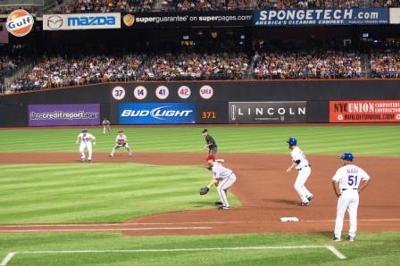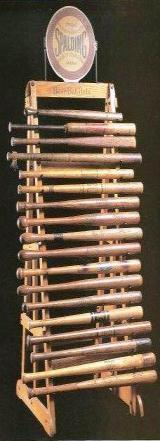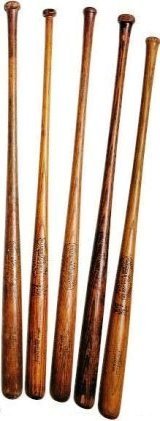Holding runer on second in high school

Photo Bill Stanton: Checkswing.com
Anonymous asked: What do you suggest is the best way to hold runner at second in high school?
Is it a called play and who calls it, the catcher , pitcher or short stop? I don't like
leaving the play to chance, to many bad things can happen. Thanks ps I am
not a huge fan of the "little league " method of wiggling ss and 2nd back and forth.
Rick answered: Thank you for your question!
We do a little of both, called picks and middle infielders working the runner.
With a runner on second, we have both middle infielders pinching the middle after the pitch, looking for an overthrow. While one seldom happens, beter safe than sorry.
As they are already in the area, we have the one working the runner at that time set up approx 15' from second base, and just wait.
As the pitcher looks back, the middle infielder works a little closer to the bag, if they feel the runner's lead needs to be shortened. If you are ok with that lead, get back to your position. The pitcher is throwing off your movement back. This helps avoid the situation where the infielder has moved to the bag, and the pitcher throws to the plate.
While it is tough at first to get the timing, they get a feel for the timing, for both the infielder and the pitcher.
Should the infielders not get the result from the base runner that they would like, we have 3 pick plays the SS can call, 2 for the 2b.
We call them daylight, which is only for the SS, timing and step over.
In the daylight play, the SS gives the pitcher the sign, the pitcher comes set and looks back at the runner, the SS walks up behind the runner, then breaks sharply to the bag.
If the pitcher sees daylight, (separation), between the runner and the SS, he turns and throws to the base. No separation, he steps off and resets everything. Never want to throw a pitch with the SS at the bag.
In the timing play, from either the second baseman or SS, the signal is given. The pitcher comes set, looks at the runner, turns his head to the plate and counts 1 mississippi,2 mississippi, turns and throws to the bag. The SS or 2B has gone to the bag when the pitcher turned his head back to the plate.
If the timing is right, the ball and the SS should reach the base at the same time. Takes time and reps to get it all timed out.
In the step over, sign is given, pitcher comes set, looks at the runner, turns his head back to the plate and starts his delivery. The infielder breaks to the base as the pitcher starts to bring his front foot up.
As his foot comes up, the pitcher turns and steps back over and around, throwing to the base. Right handed pitchers are turning to their right, lefties to their left. Timing worked out to get the ball and the infielder at the bag at the same time.
We encourage our players to take on this responsibility, decide when they need a pick and not be afraid to call one. When they feel confident with it, they get into the flow of the game and it works much better than calling it from the dugout.
If a runner is getting no lead, we leave him alone. Pitcher checks him, mixes up the number of looks he is using and moves ahead.
If a runner is getting more of a lead than we want, working him doesn't shorten him up, we go to a pick to either get an out, or get him to realize we have options.
It takes some time and education to get your middle infielders to determine what is too much lead, and what isn't. Once they understand that part, the process runs very well. The players like being able to make those decisions and do a great job with it.
Yours in baseball,
Rick





